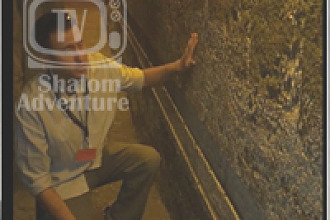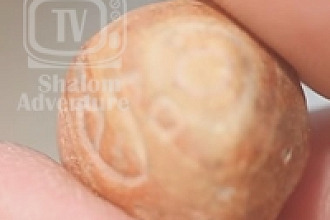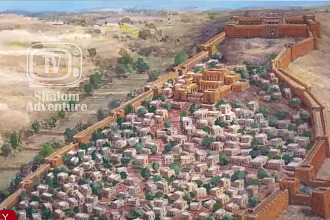Lachish is an ancient city of Judah on located in the Shephelah lowlands, historically second in importance only to Jerusalem.
The city was fortified by a double layer of limestone walls as well as a separate retaining wall, also including an acropolis covering 18 acres. Rehoboam fortified and garrisoned the city after revolt in northern kingdoms to limit enemy approach to the nearby mountains.
The area was first excavated by J. Starkey in 1932-38 and later by Tel Aviv University in 1973-87. Starkey excavated the western moat, unearthing late Bronze Age fosse temples built by Canaanites; the temples were destroyed 1200 BC. However, Starkey was murdered in 1938, and local Arabs looted the remaining artifacts of the fosse temples.
A siege ramp had been constructed by Assyrian King Sennacherib following the 701 BC invasion of Judah. Excavations revealed over 1000 iron arrowheads, chain for catching rams on the site, and an Israelite palace spanning half an acre that marked the end of Judean monarchy. Other excavations uncovered an ostracon, the largest proto-Canaanite text ever found. Further investigation into the ostracon revealed inscribed potter fragments pleading for help during invasion of Babylonians dating to 587 BCE.
New excavations in the Lachish area started in 2014 in hopes to resolving controversy regarding the original establishment of the Kingdom of Judah. The excavations are ongoing, but to date, archaeologists have discovered an iron blast furnace with slag and iron dating back to 1500 BC. If the date can be verified by further investigation, it would demonstrate that the concept of hot air blast instead of cold (hot air blast is part of iron manufacture and patented by Neilson in 1828) existed 1500 years before the Messiah’s lifetime.
The Lachish letters were historical documents discovered by Starkey in 1935, written in carbon ink on clay ostracea. At this time, 17 of these letters are currently in display either at the British Museum in London or the Rockefeller Museum in Jerusalem. These letters were written by a subordinate to commanding officers, containing informational reports and updates on various sieges, as well as questions and requests of his superiors.
Picture originally found here


























